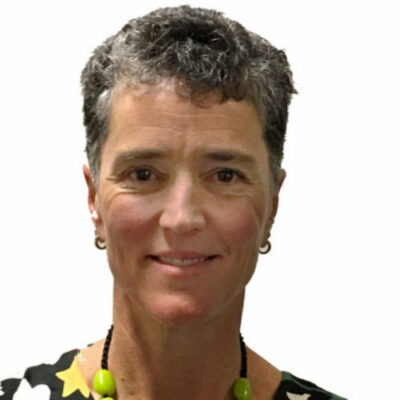The TV networks have joined Netflix to oppose local TV content quotas. It’s too expensive, they say. Yet the local arts and screen sector says the industry which employs 200,000 Australians would be devastated. Elizabeth Minter reports on a crucial decision for Communications Minister Paul Fletcher.
They might be competitors but international streaming giant Netflix and Australia’s free-to-air television broadcasters are singing from the same song sheet on local content quotas.
Netflix is arguing that it should not have any requirements imposed on it to produce a specific amount of local content.
The local television sector agrees with Netflix, saying quotas would raise the price of production.
So what’s really going on?
Back in September last year, Communications Minister Paul Fletcher killed off the long-standing requirements for the commercial broadcasters to commission a specific amount of Australian children’s programming every year. It was a big win for the broadcasters; they had been pushing to be exonerated from their responsibility for decades.
Before Paul Fletcher handed them a free pass, commercial broadcasters were required to commission 260 hours of new children’s programs and 130 hours’ worth of preschool programs. Australian content guidelines also required at least 250 points of first-release Australian drama, and 24 hours’ worth of children’s drama.
Local arts and film jilted in favour of foreign streaming majors Foxtel, Netflix, and Nine’s Stan
Back in July last year, Free TV, the lobby group that represents the commercial free-to-air broadcasters, had called for the complete removal of quotas supporting Australian drama, children’s content, and documentary and the extension of tax subsidies to reality, while retaining their commitment to broadcast at least 55 per cent Australian content overall.
Within a month of Fletcher’s September announcement, Channel 7 was lamenting the quota rules, saying local adult TV drama shows were too expensive to produce. It appears some seeds were being sown.
If the Federal Government decides not to impose local content quotas on the streaming giants, this sets a precedent for local TV broadcasters to argue that they shouldn’t be subject to local content quotas either, in the interests of a level playing field. This seems to be their end game.
The financial savings would be substantial. The broadcasters could licence already produced US programs for a fraction of what it costs to produce local shows.
However, this would devastate the local industry and mean the death knell for the production of all Australian content except for news and current affairs.
The arts and screen sector employs about 200,000 people, far more than the employment created by the oil and gas industry, which the Federal Government subsidises to the tune of $17,000 per minute. Will Paul Fletcher give the foreign owned streaming services and the commercial broadcasters another free pass or will he value the production of Australian created shows and the tens of thousands of people they employ?
A 30-year veteran of the mainstream media, Liz was the editor of MWMuntil June 2021. Liz began her career in journalism in 1990 and worked at The Age newspaper for two 10-year stints. She also worked at The Guardian newspaper in London for more than seven years. A former professional tennis player who represented Australia in the 1984 Los Angeles Olympics, Liz has a Bachelor of Arts and a Bachelor of Letters (Hons).

